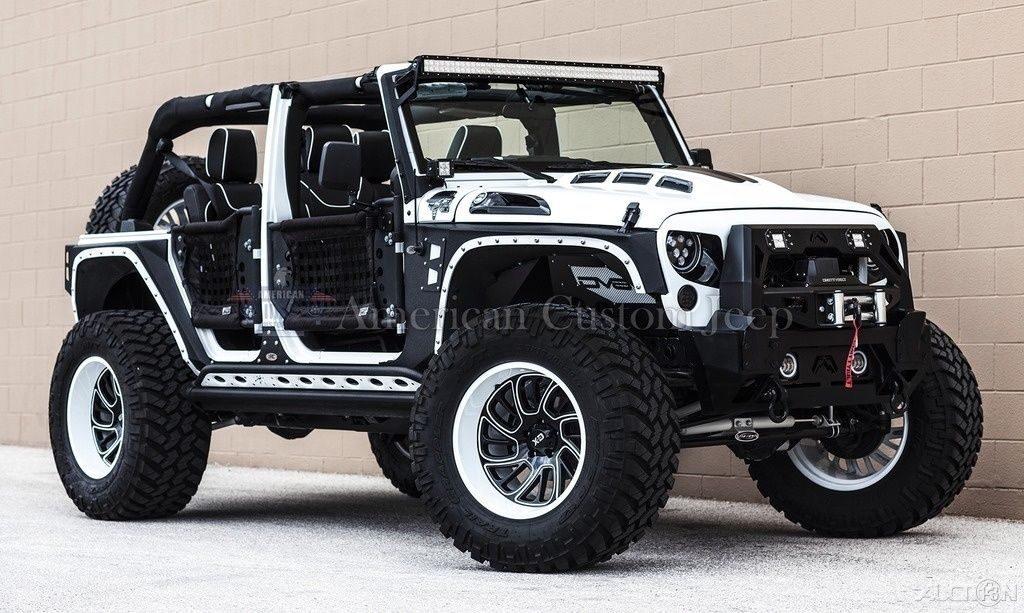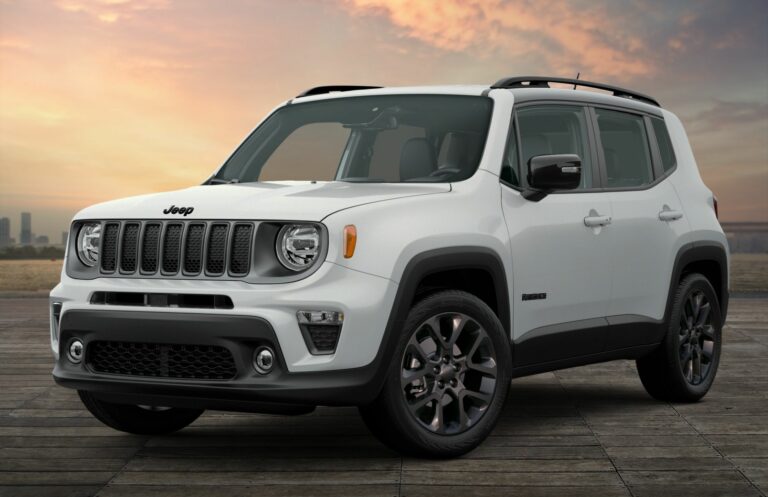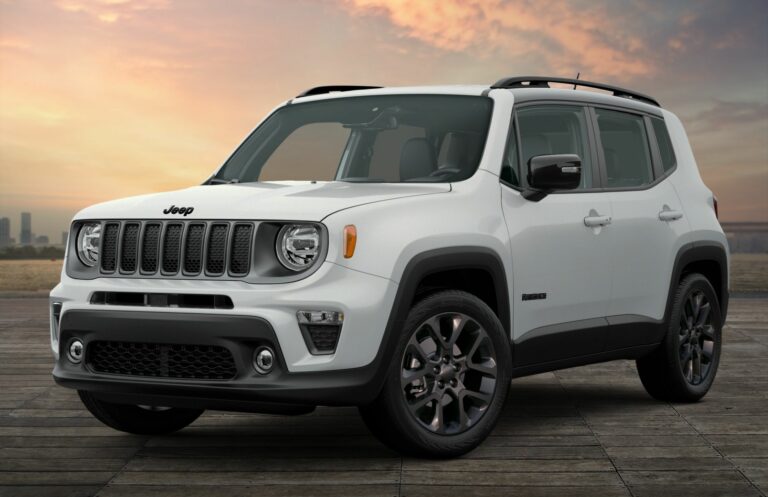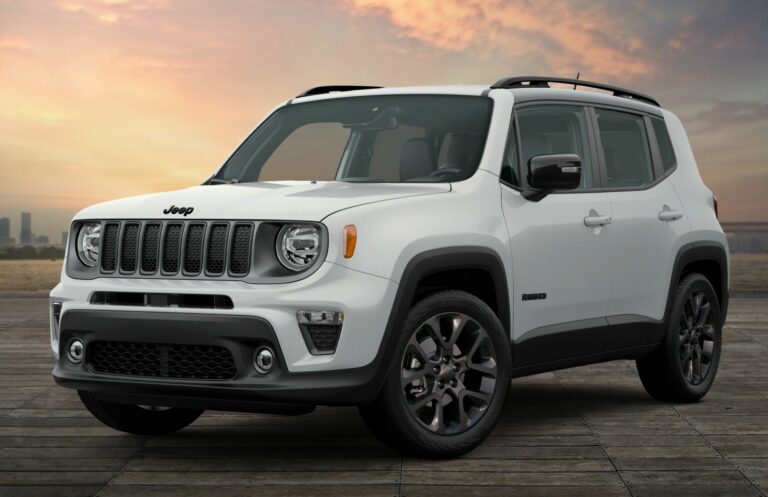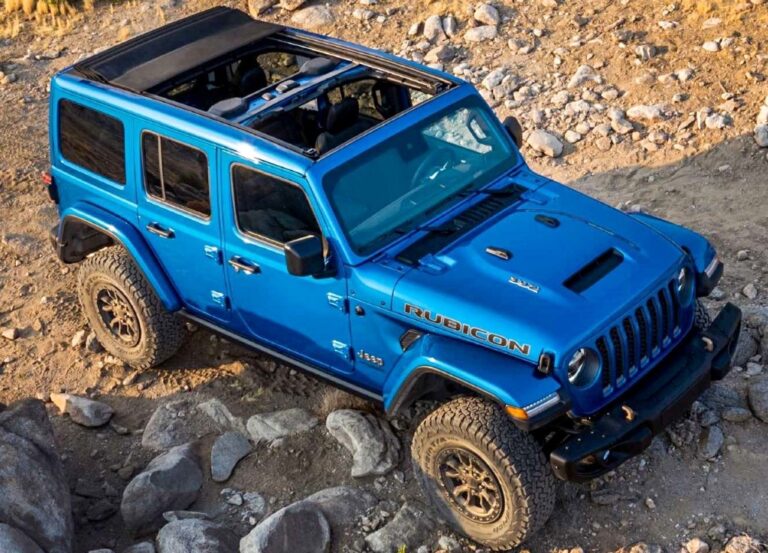Wrangler Jeep 4.0 For Sale: Your Definitive Buyer’s Guide
Wrangler Jeep 4.0 For Sale: Your Definitive Buyer’s Guide jeeps.truckstrend.com
The very mention of "Wrangler Jeep 4.0" conjures images of rugged capability, open-air freedom, and a legacy of adventure. For many off-road enthusiasts and casual drivers alike, the Jeep Wrangler equipped with the venerable 4.0-liter inline-six engine represents the pinnacle of accessible, reliable, and highly capable four-wheeling. This article serves as a comprehensive guide for anyone considering a Wrangler Jeep 4.0 for sale, exploring why this particular powertrain is so sought after, what to look for when buying, and how to navigate the market to find your perfect adventure machine.
Why the 4.0L Inline-Six is Legendary
Wrangler Jeep 4.0 For Sale: Your Definitive Buyer’s Guide
At the heart of the appeal of many classic Wranglers (and other Jeep models of its era) lies the AMC-derived 4.0-liter (242 cubic inch) inline-six engine. Produced from 1987 until 2006, this powerplant earned a reputation for bulletproof reliability, impressive low-end torque, and straightforward mechanical design. Unlike many modern engines, the 4.0L is known for its simplicity, making it relatively easy to maintain and repair, even for the home mechanic.
Its longevity is legendary, with many examples easily exceeding 200,000 or even 300,000 miles when properly cared for. This engine’s robust nature makes it an ideal choice for off-road applications, where consistent power delivery and durability are paramount. Its abundant torque at lower RPMs allows Wranglers to crawl over obstacles with confidence, making it a favorite among the serious off-roading community. While not a powerhouse in terms of horsepower compared to modern engines, its practical performance and unwavering dependability are its true strengths, cementing its status as one of the best engines ever produced by Jeep.
Understanding the Generations: YJ and TJ Wranglers
When searching for a Wrangler Jeep 4.0 for sale, you’ll primarily encounter two distinct generations: the YJ and the TJ. Both feature the beloved 4.0L engine, but they offer different characteristics and appeal to different buyers.
- Jeep Wrangler YJ (1991-1995 with 4.0L): The YJ generation, produced from 1987 to 1995, is famously recognized by its rectangular headlights—a departure from the traditional round Jeep lights. The 4.0L engine was introduced in the YJ in 1991, replacing the older 4.2L carbureted inline-six. YJs utilize leaf springs on all four corners for suspension, which provides a durable and relatively simple setup, often favored for heavy-duty off-roading due to their strength and ease of modification. However, the leaf spring suspension can result in a firmer, less refined ride on paved roads compared to its successor.
- Jeep Wrangler TJ (1997-2006 with 4.0L): The TJ generation, produced from 1997 to 2006, marked a significant return to the classic round headlights and, more importantly, introduced a coil-spring suspension setup. This switch vastly improved the on-road ride comfort and handling, making the TJ a more appealing daily driver while retaining (and arguably enhancing) its off-road prowess through better articulation. The TJ also saw refinements to the interior and available features. Within the TJ line, the "Rubicon" trim (introduced in 2003) offered enhanced off-road capabilities right from the factory, including Dana 44 axles, front and rear lockers, and a lower transfer case gear ratio.
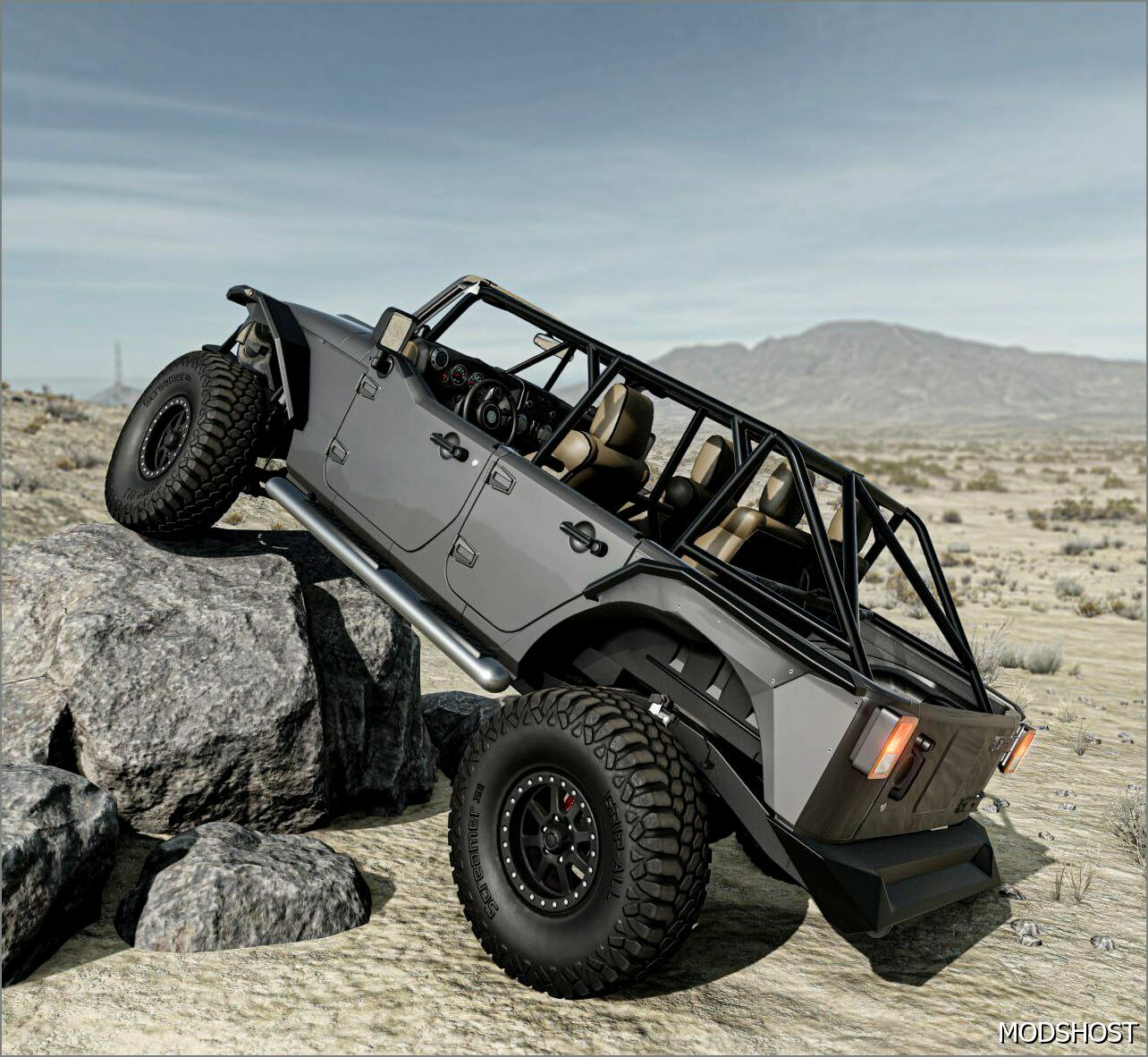
Choosing between a YJ and a TJ often comes down to personal preference for aesthetics, desired ride quality, and budget. YJs typically command lower prices due to their age and leaf spring suspension, while TJs, particularly Rubicon models, tend to be more expensive but offer a more modern driving experience and often superior off-road stock components.
What to Look For When Buying a Used Wrangler 4.0
Buying a used Wrangler, especially one nearing two decades old or more, requires a thorough inspection. While the 4.0L engine is robust, other components can show significant wear or rust.
- Rust, Rust, Rust: This is the #1 enemy of older Jeeps.

- Frame: Carefully inspect the frame, especially near the control arm mounts, skid plates, and suspension mounts. Pay close attention to the areas where the frame rails meet the body and where the rear control arms attach. Rust here can be structural and expensive to repair.
- Body: Check the rocker panels, floorboards (under the carpet), wheel wells, and behind the fender flares. Rust on the body panels is common but less critical than frame rust, though still indicative of overall condition.
- Underbody Components: Examine the exhaust system, fuel tank skid plate, and brake lines for excessive corrosion.
- Engine Condition:
- Oil Leaks: The rear main seal (RMS) is a common leak point. While not catastrophic, it’s a known issue. Check for oil drips under the engine.
- Cooling System: Inspect the radiator, hoses, and water pump for leaks or signs of neglect. Overheating can severely damage a 4.0L.
- Odd Noises: Listen for ticking (often lifters, common but can indicate wear), knocking, or whining.
- Fluid Levels/Appearance: Check oil, coolant, power steering, and brake fluid. Discolored or low fluids are red flags.
- Transmission & Drivetrain:
- Manual Transmission: Test all gears, listen for grinding, and check clutch engagement. A spongy or very high clutch pedal can indicate a worn clutch.
- Automatic Transmission: Check fluid color (should be red, not dark or burnt). Test shifting through all gears, ensuring smooth engagement and no slipping.
- Transfer Case: Engage 2H, 4H, and 4L. Ensure it shifts smoothly and the indicator light works. Listen for clunks or grinding.
- Axles: Check differential covers for leaks and listen for whining noises during a test drive.
- Suspension & Steering:
- Lift Kits: Many Wranglers are lifted. Inspect the quality of the lift kit components (shocks, springs, control arms, track bars). Poorly installed or cheap lifts can cause handling issues.
- Worn Components: Look for worn bushings, ball joints, tie rod ends, and steering linkage. Uneven tire wear can be a symptom.
- "Death Wobble": While not exclusive to Jeeps, it’s a known issue. If you experience violent shaking of the steering wheel at certain speeds, it indicates worn steering or suspension components.
- Electrical & Interior:
- Test all lights, gauges, windows, and HVAC system.
- Check for water leaks inside the cabin, especially around the doors, soft top, or hardtop seams.
- Inspect the condition of the seats, carpet, and dashboard for excessive wear or damage.
- Documentation: Ask for service records, accident history (CarFax/AutoCheck), and title clarity.

Crucial Advice: Get a Pre-Purchase Inspection (PPI)! Even if you’re mechanically inclined, have a trusted independent mechanic specializing in Jeeps or 4x4s perform a PPI. This small investment can save you thousands in unexpected repairs down the line.
Benefits of Owning a Wrangler 4.0
The allure of the Wrangler 4.0 extends beyond its mechanical robustness:
- Unmatched Off-Road Capability: Stock or modified, a 4.0L Wrangler is a formidable off-road machine, capable of tackling diverse terrains.
- Vast Aftermarket Support: The aftermarket for Wranglers is enormous, offering endless possibilities for customization, upgrades, and repairs. Parts are readily available and often affordable.
- Simplicity & DIY Friendly: Its straightforward design makes many repairs and modifications manageable for the average enthusiast, fostering a sense of accomplishment and saving on labor costs.
- Strong Resale Value: These Jeeps hold their value exceptionally well. A well-maintained 4.0L Wrangler will likely retain much of its purchase price, making it a sound investment.
- Iconic Status & Community: Owning a Wrangler connects you to a passionate and welcoming community of fellow "Jeepers." There are countless clubs, forums, and events dedicated to the Wrangler lifestyle.
- Open-Air Experience: The removable doors, soft top, and fold-down windshield (TJ) offer an unparalleled connection to the environment, making every drive an adventure.
Potential Challenges and Solutions
While highly desirable, owning an older Wrangler 4.0 isn’t without its quirks:
- Fuel Economy: The 4.0L engine, while reliable, is not fuel-efficient. Expect 15-18 MPG on average, less with larger tires or heavy modifications. Solution: Accept it as part of the ownership experience, or consider it a weekend warrior.
- Ride Comfort: Especially with a YJ or heavily modified TJ, the ride can be stiff, noisy, and less refined than modern SUVs. Solution: Quality aftermarket suspension components can significantly improve ride quality.
- Age-Related Issues: Rust, worn bushings, and aging electrical components are common. Solution: Diligent pre-purchase inspection, regular maintenance, and addressing issues promptly.
- Security: Soft tops offer less security against theft or vandalism. Solution: Keep valuables out of sight, consider a lockable storage box, and park in well-lit areas.
- Road Noise: Due to its boxy design and removable tops, wind and road noise can be significant. Solution: Invest in a hardtop for winter, or embrace the open-air feel.
Finding Your Wrangler Jeep 4.0 For Sale
Finding the right Wrangler requires patience and diligent searching:
- Online Marketplaces: Facebook Marketplace, Craigslist, and dedicated Jeep forums are excellent places to start. You’ll find a mix of private sellers and small dealerships.
- Specialized Forums & Clubs: Many Jeep enthusiast forums have "For Sale" sections where members sell their well-maintained vehicles. This often provides more detailed information and a sense of the owner’s care.
- AutoTrader, eBay Motors, CarGurus: These platforms list vehicles from both private sellers and dealerships, offering a wider reach.
- Local Dealerships & Off-Road Shops: Some used car dealerships, especially those specializing in trucks and SUVs, may have Wranglers. Off-road customization shops often take trades or sell customer vehicles.
Tips for Searching:
- Be specific with your search terms: "Jeep Wrangler 4.0," "TJ Wrangler," "YJ Wrangler."
- Filter by mileage and year range.
- Don’t be afraid to travel for the right vehicle, especially if you’re looking for something specific.
- Always ask for more photos, especially of the undercarriage and problem areas.
- Be prepared to negotiate, but also understand the value of a well-maintained example.
Practical Advice and Actionable Insights
- Set a Realistic Budget: Beyond the purchase price, factor in immediate maintenance, potential repairs, and possibly insurance and registration costs.
- Don’t Rush: There are many 4.0L Wranglers out there. Take your time to find one that meets your criteria and passes a thorough inspection.
- Prioritize Condition Over Modifications: A stock, rust-free Jeep in good mechanical shape is a much better starting point than a heavily modified one with underlying issues. You can always add modifications later.
- Join the Community: Before or after buying, join online forums (e.g., WranglerForum.com, JeepForum.com) or local Jeep clubs. They are invaluable resources for advice, troubleshooting, and camaraderie.
Price Table: Estimated Wrangler Jeep 4.0 For Sale
Please note: These prices are estimates and can vary wildly based on geographical location, specific modifications, mileage, maintenance history, and overall condition. Always perform a thorough inspection and compare prices locally.
| Model Type | Model Year Range | Condition: Poor/Project | Condition: Fair/Driver | Condition: Good/Solid | Condition: Excellent/Restored |
|---|---|---|---|---|---|
| YJ Wrangler | 1991-1995 | $3,000 – $6,000 | $6,000 – $10,000 | $10,000 – $15,000 | $15,000 – $20,000+ |
| TJ Wrangler | 1997-2002 | $5,000 – $8,000 | $8,000 – $14,000 | $14,000 – $20,000 | $20,000 – $28,000+ |
| TJ Wrangler | 2003-2006 (Incl. Rubicon) | $7,000 – $12,000 | $12,000 – $18,000 | $18,000 – $25,000 | $25,000 – $35,000+ |
- Poor/Project: Significant rust, mechanical issues, needs extensive work.
- Fair/Driver: Runs and drives, but has noticeable flaws, some rust, needs repairs/maintenance.
- Good/Solid: Minimal rust, mechanically sound, well-maintained, ready for daily driving or light trails.
- Excellent/Restored: Very clean, minimal to no rust, recent major maintenance/restoration, potentially low miles for its age, highly desirable.
Frequently Asked Questions (FAQ) about Wrangler Jeep 4.0 For Sale
Q: What is the "best" year for a 4.0L Wrangler?
A: Many enthusiasts prefer the TJ generation (1997-2006) for its coil spring suspension, which offers a more comfortable ride than the YJ’s leaf springs. Within the TJ, the 2003-2006 models benefit from minor updates, and the Rubicon trim (2003-2006) offers superior off-road capabilities from the factory.
Q: Should I buy a manual or automatic transmission?
A: This is largely personal preference. Manual transmissions (AX-15 in YJ/early TJ, NV3550 in later TJ) are generally more durable and offer more control off-road. Automatics (32RH in early TJ, 42RLE in later TJ) are more convenient for daily driving and stop-and-go traffic. Test drive both to see what you prefer.
Q: Is a Wrangler 4.0 good for daily driving?
A: Yes, it can be, especially a TJ. However, be prepared for a less refined ride, more road noise, and lower fuel economy compared to modern SUVs. They are reliable enough for daily commuting if well-maintained.
Q: What’s the typical fuel economy (MPG) for a 4.0L Wrangler?
A: Expect around 15-18 miles per gallon combined. This can decrease significantly with larger tires, lift kits, heavy modifications, or aggressive driving.
Q: Are parts hard to find for the 4.0L engine or older Wranglers?
A: No, absolutely not. The 4.0L engine was used in millions of Jeeps, and the aftermarket support for YJ and TJ Wranglers is massive. Parts are readily available, often affordable, and easy to find online or at auto parts stores.
Q: How much does insurance typically cost for a Wrangler 4.0?
A: Insurance costs vary widely based on your location, driving record, and coverage. However, as older vehicles, their full coverage premiums tend to be lower than newer cars. It’s best to get a quote from your insurance provider before purchasing.
Q: Should I buy a Wrangler that’s already modified?
A: It depends. A well-executed, quality modification (e.g., a reputable lift kit, better tires) can add value. However, poorly installed or cheap modifications can cause significant problems. Always inspect modifications carefully and ideally, have a mechanic knowledgeable about Jeeps check them. A stock, well-maintained Jeep is often a safer bet unless you know the history of the modifications.
Conclusion
The Wrangler Jeep 4.0 for sale remains a highly coveted vehicle for its blend of iconic style, unparalleled off-road prowess, and the legendary reliability of its 4.0-liter inline-six engine. While these Jeeps are not without their age-related considerations, a diligent approach to inspecting potential purchases, prioritizing rust-free examples, and understanding their unique characteristics will lead you to a rewarding ownership experience.
Whether you’re seeking a capable off-road companion, a unique daily driver, or a project vehicle to customize, the 4.0L Wrangler offers a timeless appeal and a vibrant community. With the right research and a bit of patience, you’ll soon be enjoying the open-air freedom and adventurous spirit that only a classic Wrangler can provide.

